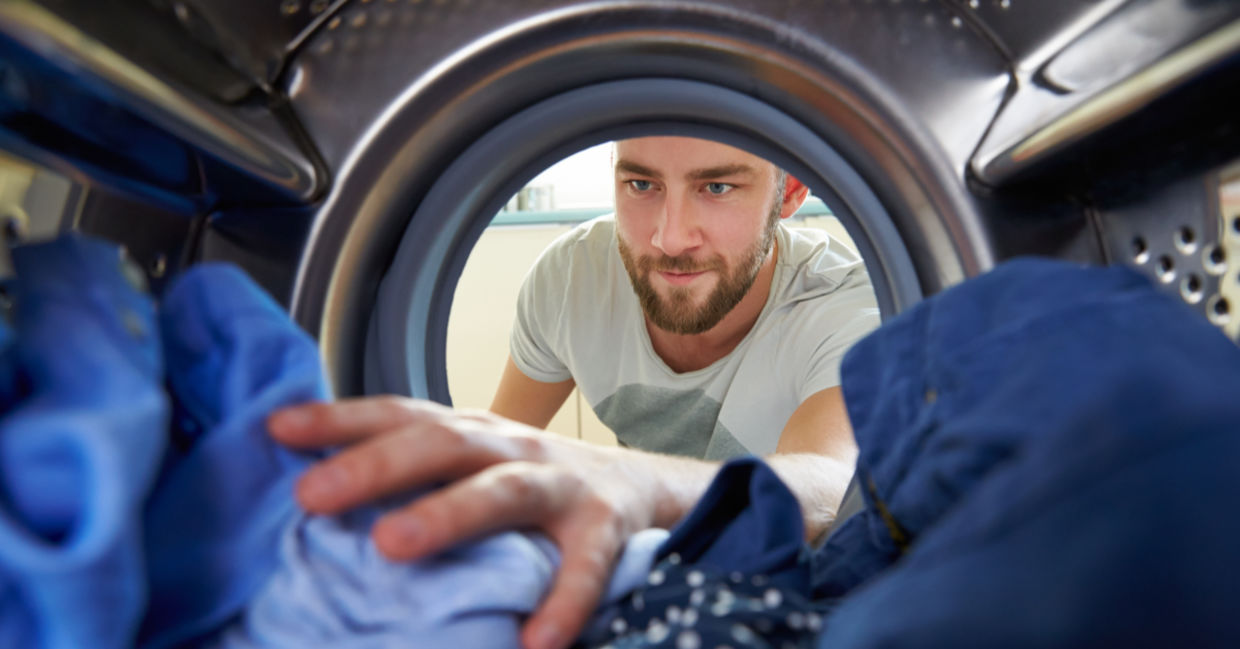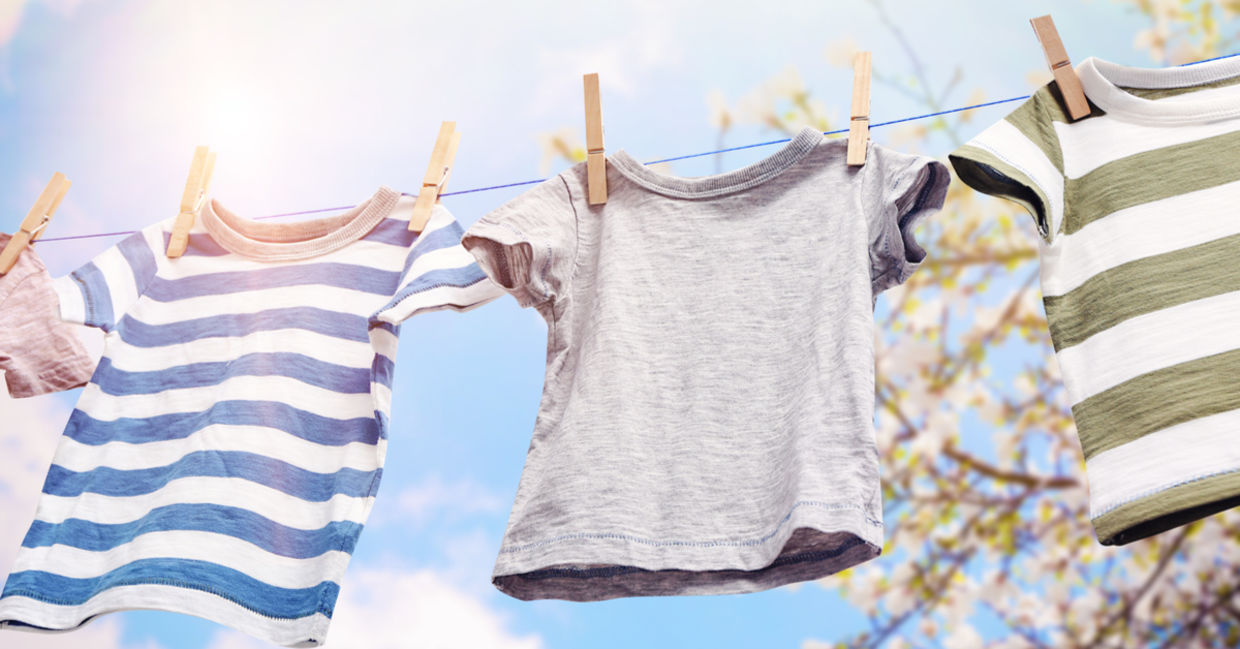
How do you do laundry? (Monkey Business Images / Shutterstock.com)
There's nothing like the smell of fresh laundry; it’s a universal scent that feels amazing to inhale and also results in a clean and hygienic appearance. While the final product is a pure delight, the process of washing clothes uses a significant amount of energy and water. Before you pop in your next load of laundry, run down this list of five questions to gauge your laundry habits - and get some environmentally-friendly tips to stay fresh and clean, and also respect Mother Nature.
1. HOW MANY TIMES A WEEK DO YOU NEED TO DO LAUNDRY?
Most people wear a piece of clothing once, then chuck it into the laundry basket. Washing and drying a load of laundry every two days creates around 440kg (970 lbs) of carbon monoxide a year! To give you a clearer idea, that is the equivalent to flying from London to Glasgow and back with 15-mile taxi rides to and from the airports.
THE CLEAN SOLUTION: According to the United Nations Environment Programme you can consume up to five times less energy by wearing your jeans at least three times before throwing them in the wash. Think twice (or three times!) before sending your clothes to the washer, and really take a moment to determine if they need to be laundered.
2. WHAT TYPE OF LAUNDERING DO YOUR CLOTHES REQUIRE?
Clothes that need to be dry cleaned are usually more expensive, and dry cleaning uses a chemical called perchloroethylene or "perc." This mouthful of a word packs a hefty punch as it has been shown to cause adverse health effects, toxic air pollution and hazardous waste.
THE CLEAN SOLUTION: Just as you look at the price of a piece of clothing you want to buy, read the labels to see what the fabric is made of and how it must be laundered. If you have pieces that need to be dry cleaned, look around to find a green dry cleaners that cleans with liquid carbon dioxide, wet cleaning or mild detergents.

Clean fresh laundry drying in the sun. (Africa Studio / Shutterstock.com)
3. WHAT ARE YOU WASHING YOUR CLOTHES WITH?
A whiff of clean laundry is as good of a perfume as any, but that smell comes with a price - laundry detergents contain toxic ingredients that can be harmful by causing skin irritation and indoor pollution. Along with that, the toxins in detergents, dryer sheets and softeners become part of the laundry wastewater, seeping into rivers, lakes and oceans.
THE CLEAN SOLUTION: Ditch the harmful toxins by getting a little DIY-creative and make your own softeners and detergents, with the added bonus of cutting down on plastic bottle usage. If you are less inclined to create your own laundry cleaner lab, check out such eco-friendly brands like Earth Berries Soap Nuts, Greenshield Organic and Seventh Generation.
4. WHAT ARE YOUR WASHING MACHINE’S SETTINGS?
If you go into auto-mode when you do a load of laundry, consider this: a load of laundry washed with hot water uses more electricity than leaving your refrigerator door open 24 hours a day for an entire year.
THE CLEAN SOLUTION: Check out your settings, and start using cold water instead of hot, because 90% of the energy consumed by your washing machine is used to heat water.
5. DO YOU REALLY NEED A CLOTHES DRYER?
That warm fluffy feeling of clothes coming out of the dryer sure feels nice, but it leaves quite the carbon footprint. Households running a dryer 200 times a year produce half a tonne of CO2e.
THE CLEAN SOLUTION: Consider minimizing your dryer use or make the switch to hanging your clothes on a rack or washing line. When drying clothes inside on a rack, the evaporation from the wet fabrics slightly cool your home down, enough to benefit from some free air conditioning on a hot summer’s day!






